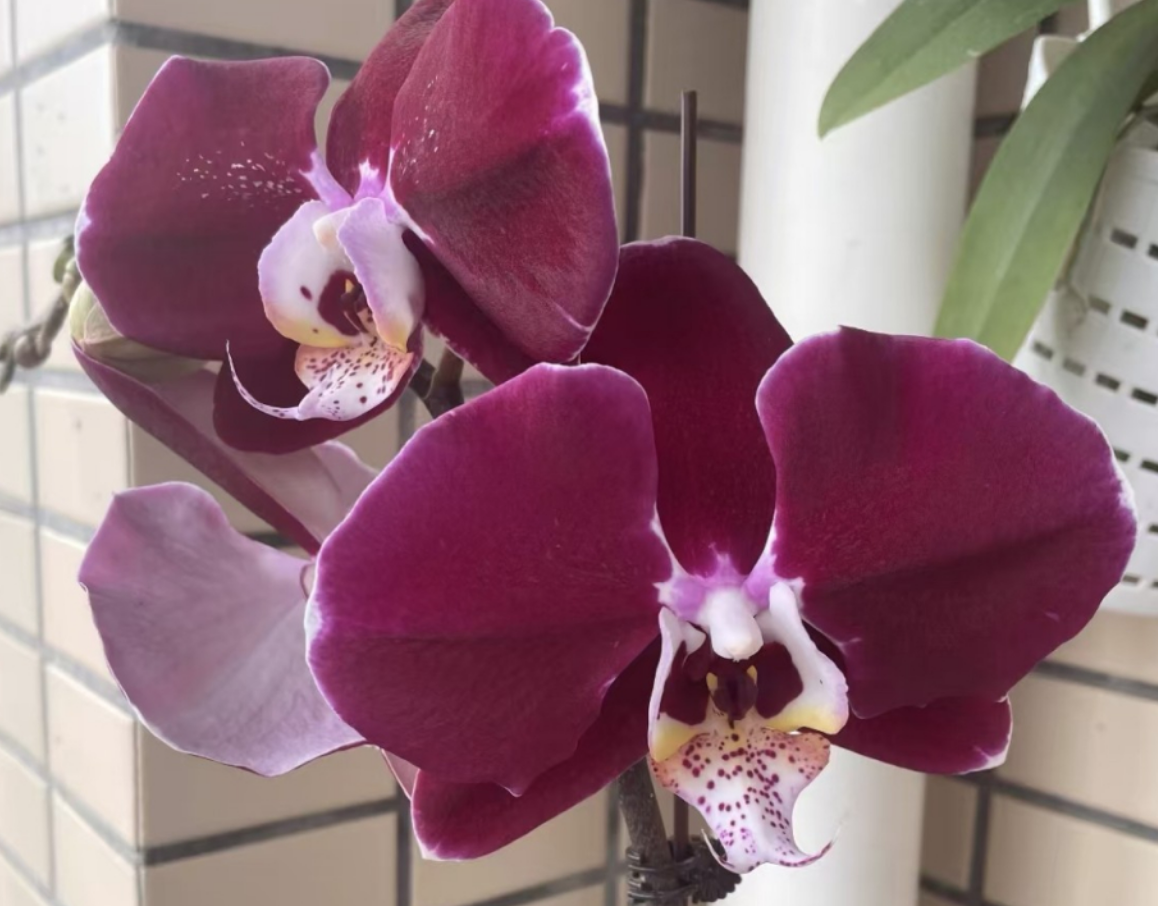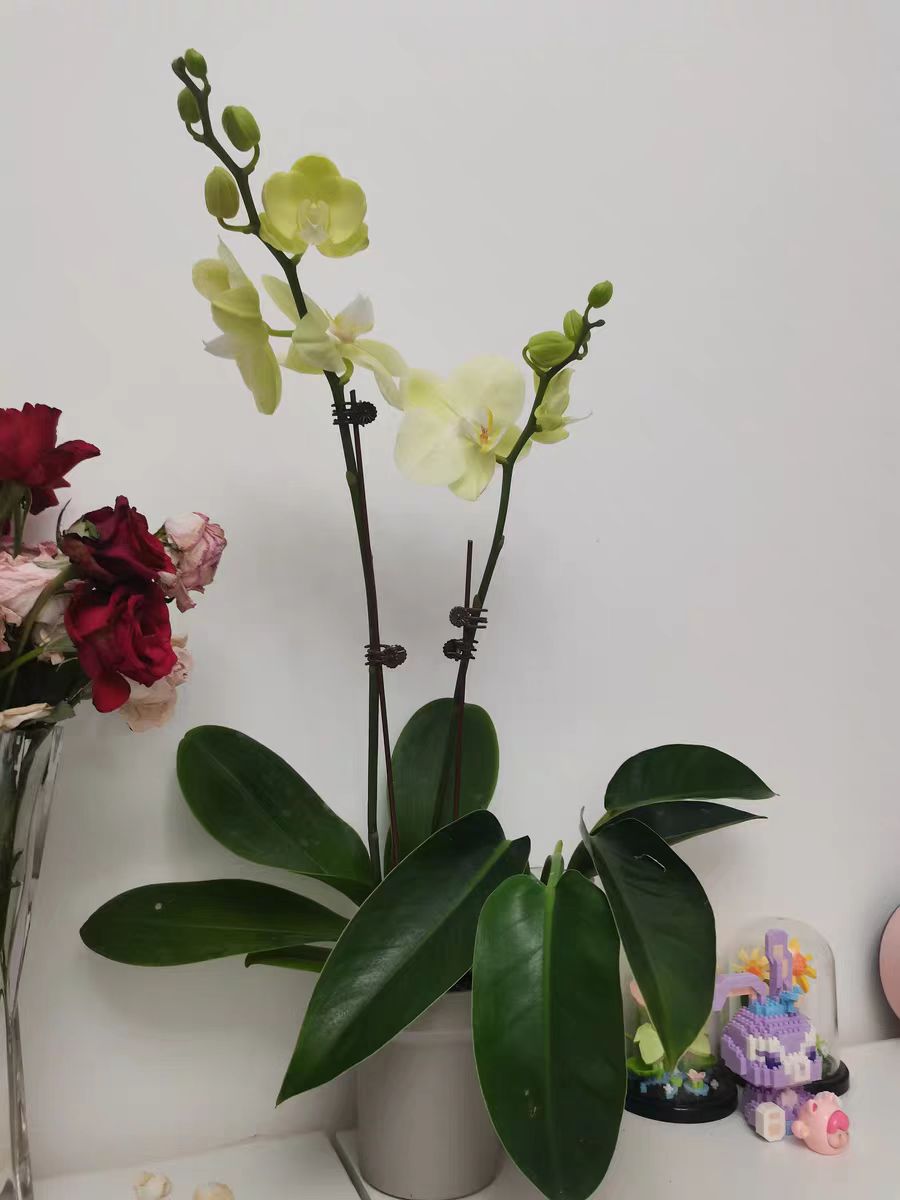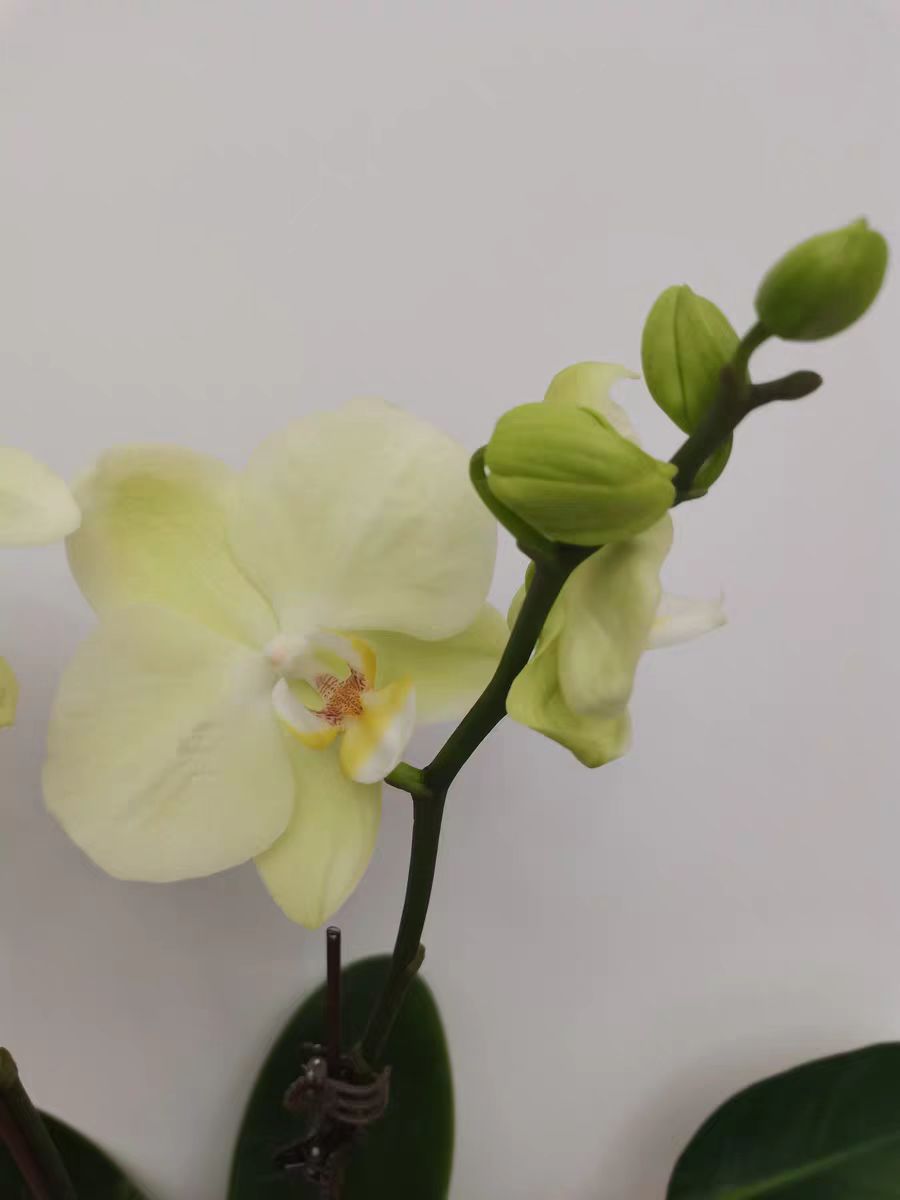On the path of cultivating orchids well, many people have noticed that watering is the key to growing them successfully. Generally speaking, ordinary people usually just use tap water to water their flowers. However, if this is done for a long time, it will inevitably cause the surface of the sphagnum moss to harden. So, how should we water when cultivating orchids at home? Can we let the tap water stand for two days before using it for watering? Is this method reliable?
Regarding the common questions of flower enthusiasts above, here is the reply from the editor. In fact, the problem with watering is not the chlorine in the tap water, but the relatively high content of calcium carbonate in the water quality itself. Water containing calcium carbonate is what is commonly known as "hard water". If this kind of water is used to water flowers for a long time, white crystals will form on the surface of the soil, causing the sphagnum moss to harden.
In addition, there is another factor. The environment for growing flowers may have too good ventilation. Although good ventilation can greatly reduce diseases and pests, excessive ventilation will make the water in the plants evaporate too quickly. As a result, the stomata of the moth orchids will close to reduce water loss. At the same time, the result of this is that the epidermis of the leaves will also become thicker. Over time, although it may not affect flowering, the growth of the leaves will be inhibited, and the whole plant will not look energetic enough.
What's more troublesome is that excessive ventilation will also lead to an increase in your watering frequency because the soil dries out too quickly. Frequent watering will make the calcium carbonate in the water accumulate in the soil more quickly, forming more crystals, which will further affect the health of the plant's roots and may even cause root rot. Therefore, the root of the problem is not only the water quality but also your cultivation environment.
So, what kind of water is good for watering orchids? It is recommended that you can try using filtered water or rainwater to water the flowers, which can reduce the accumulation of calcium carbonate. At the same time, you can appropriately adjust the ventilation of the environment. When the wind blows, it should not directly hit the plants. You can add some barriers in front of the potted plants.
In addition, you can observe the dry and wet condition of the soil when watering. If you can't judge it, you can use your fingers to feel the state of the surface soil. Water the plants until the soil is slightly dry to avoid overwatering. It is believed that by reducing the accumulation of calcium carbonate when watering the flowers, the roots and leaves of the subsequent moth orchids will grow healthier. I hope the above suggestions will be helpful to flower enthusiasts!
What kind of water is the best for watering moth orchids?

Share with
Tagged in :




Leave a Reply